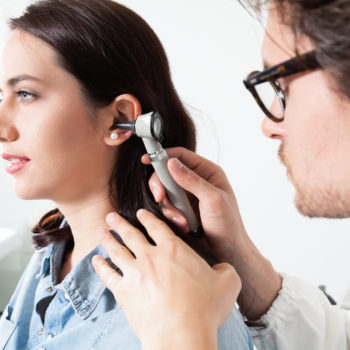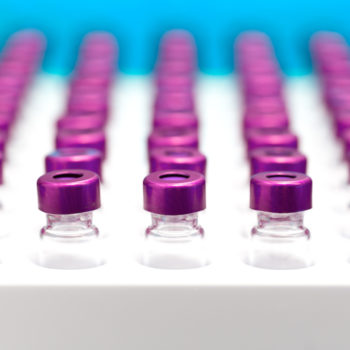In 2018, the CNR of Bologna estimated that there were 3,000 cases of Ménière’s disease in Italy, but the lack of records makes it difficult to quantify precisely for a chronic disabling syndrome that is not recognized by the Health Authority and whose causes remain little known. We talked about it with Dr. Vanessa Rossi, an otolaryngologist at Humanitas, owner of the otovestibology clinic together with Dr. Stefano Miceli and the audiologist Sigra Jeane Vieira.
Symptoms of Ménière’s disease
The disease is characterized by the alteration of the balance between the production and reabsorption of the endolymph present in the ear. The alteration of the balance involves an excessive accumulation of the endolymph which produces dizziness and nausea associated with a feeling of full ear, whistles (the so-called tinnitus) and a reduction in hearing (hearing loss). Dizziness does not depend on the movements of the head and manifests itself in prolonged crises that can last even hours. This is one of the differences from the more common dizzy crisis, benign paroxysm, which lasts less than a minute, depends on the change of position of the head and is unexpected.
Diagnosis and treatment
It is from the patient’s account that one can derive those characteristic elements that make the suspicion of disease rather evident and, in some cases, allow the diagnosis of Ménière to be made already. This does not exclude, however, that a contrasting resonance is needed to exclude other pathologies. Once the disease has been established with certainty, during its acute phase, intramuscular sedative drugs are administered or in the form of suppositories if the patient feels too much nausea to take something orally. These serve to control symptoms and calm the patient, who is usually alarmed by nausea and vomiting. As far as nutrition is concerned, the experts’ suggestion is to start with foods with little salt, while for drugs the orientation is for diuretics. If the therapy proves to be effective in reducing the episodes of dizziness, the treatment is done for a few months, initially 3, then it is modulated with subsequent checks. The percentage of patients who recover with drugs is around 70%.
“It is always difficult to make a diagnosis – commented the specialist -: the therapy can be carried out with diuretics in the acute attack but usually it is done for months with betaistine“.
Injections or surgery?
Having said that the therapy, as long as it is carried out with care, obtains excellent results in reducing the symptoms, in case this is not resolutive there are three possibilities. With the intrathympanic injection of cortisone you enter the tympanum membrane with a very thin needle injecting cortisone. This solution has a good effect, does not create hearing problems, but has the disadvantage of sometimes requiring repeated injections over time. The second possibility is the intra-timpanic injection of gentamicin, a drug that has a more lasting effect than the injection of cortisone, but that can reduce hearing a little, which would be significantly damaged as the Ménière progresses. The third option is surgery; vestibular neurectomy, i.e. the section of the vestibular nerve, moving between the brain and the petrosa rock, avoids touching the facial nerves and the cochlear; labyrinthctomy, i.e. a destruction of the labyrinth, with loss of hearing, which can be followed by a cochlear implant operation to restore it.










